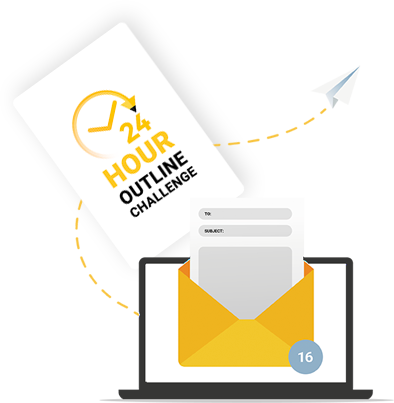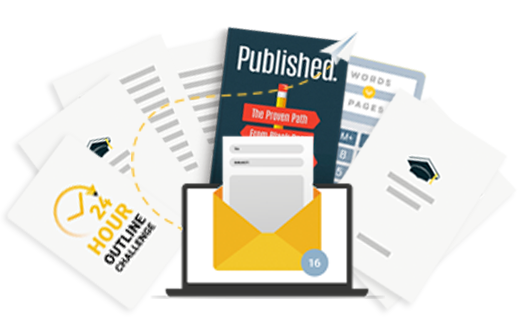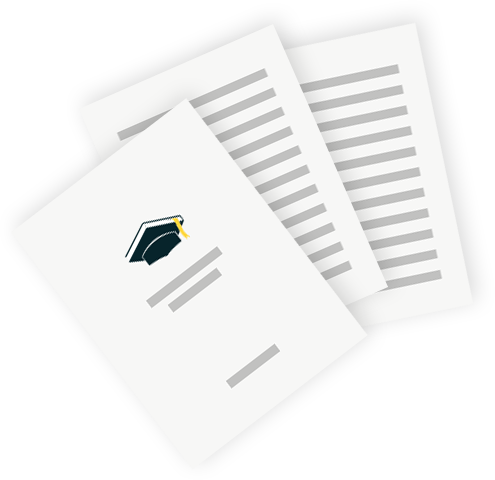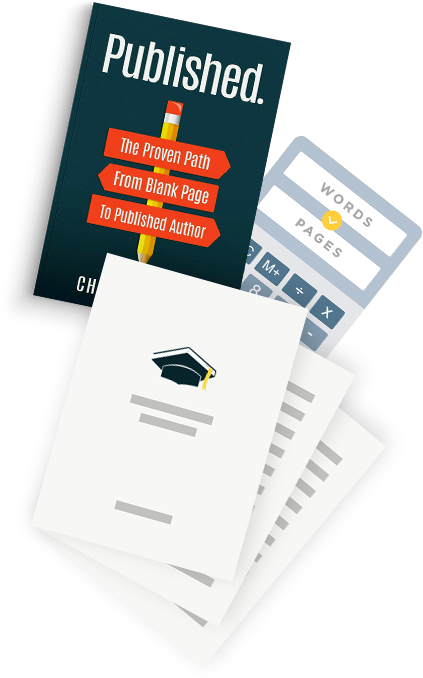Millions of books have been published, and that means making your book stand out among the crowd without a solid book marketing and publishing plan can be more challenging now than ever before.
But when it comes to book marketing, putting in the work to produce a powerful book synopsis or book blurb is the best way to sell more books and make more fans.
These are the two essential pieces you will need to market your novel. You’re likely to need multiple versions of each, so let’s touch on exactly how to do them well.
Here’s what we’ll cover about book blurbs and synopsis:
- Difference between book blurb and synopsis
- Book blurb and book synopsis examples
- What is a synopsis?
- How to write a synopsis
- What is a blurb?
- How to write a blurb
- Book blurb formula
- Examples of good blurbs
What’s the difference between a book blurb and a synopsis?
A blurb serves you on the consumer marketing front, giving a glimpse into your story with just enough information to entice, holding back enough to avoid spoilers. It’s a teaser of your book, not a summary.
A synopsis will be part of your press kit and applications for things like reviews, interviews, literary agents, editors, and publishers. A synopsis summarizing the twists, turns, and conclusion of your story.
It’s essentially a condensed version of your book.
Book Blurb and Book Synopsis Examples
This is often easier seen than taught. Below are a couple of screenshots of the Amazon page for both a fiction and nonfiction book.
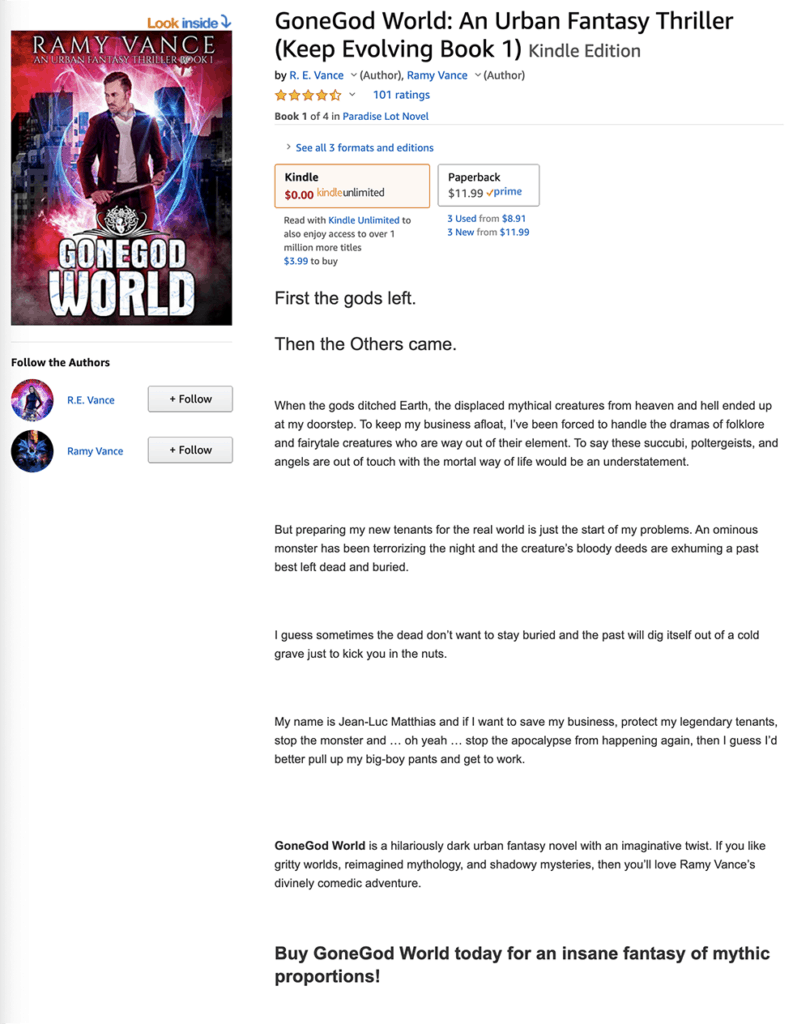
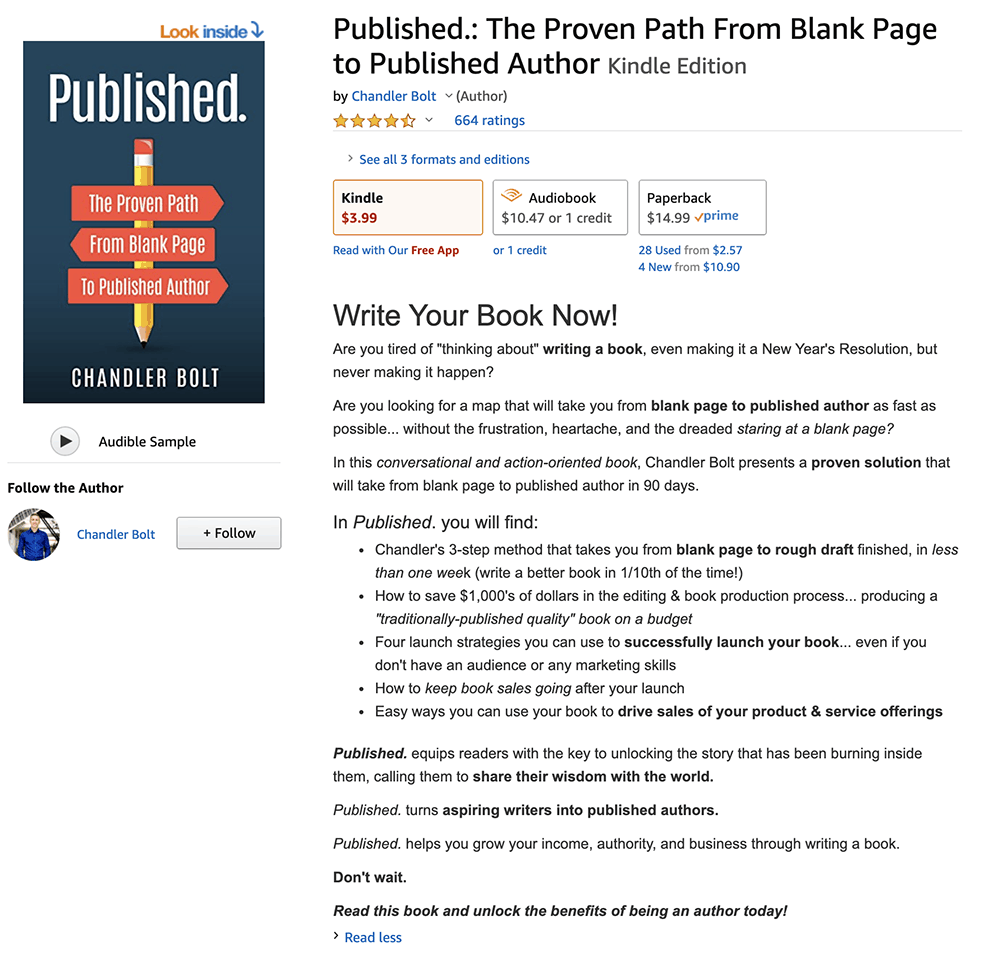
As you can see, the content readers use to decide whether or not they want to purchase the book is actually a blurb.
Oftentimes, synopsis (where there are spoilers and deeper detail) is usually used more to sell the book to a traditional publisher than for selling your book to readers (or for a homework assignment from school!).
What is a book synopsis?
A synopsis is a one to four page summary of your novel. The synopsis should explain the plot, main character arc, and conclusion of the book.
This piece is for “selling” your book to the industry, meaning the traditional publishing industry typically though it’s just as important for self-published authors.
How to write a book synopsis
Tips for writing a novel synopsis:
A common method of writing a synopsis is in a three-paragraph format.
First paragraph: introduction of character, setting, and conflict/inciting incident.
Second paragraph: major plot points, conflicts, and characters that are required for the conclusion to make sense.
Third paragraph: how the conflict is resolved, how the character changes from the start of the book.
- Use active voice instead of passive voice. This makes the synopsis more interesting and engaging.
- Use third person point of view. This is standard.
- Consider your synopsis as a representation of your writing skills. Don’t just summarize the book–summarize it in a way that portrays your writing style.
- Write clear and concise copy. If your synopsis is too long or rambly, you’ll lose the reader’s interest and they might assume your novel is also too long and rambly.
- Don’t try to cover too many things or include too many details. Your main plot points and character arc are all you need in a synopsis. Don’t try to include every beat and character in the book.
- Don’t try to write an intriguing or mysterious hook–simply give the information required. Don’t hold something back to be mysterious. That’s something for your book blurb, which we’ll tackle below.
What is a blurb?
Often referred to as a “book description,” a blurb is a short piece, around 150 words, to promote your novel. You find blurbs on the back cover of paperbacks, the inside back cover of a hardback, and on book description pages in online stores.
Think of this as the elevator pitch of your book.
Unlike a synopsis, a blurb does not outline every major plot point of your story, and it doesn’t give spoilers.
Blurbs are extremely important to market your book. They’re for “selling” the book to the consumer.
How to write a book blurb
Let’s go over the structure, formula, and some tips for writing a good book blurb.
Here’s the structure of a book blurb:
- Snappy opener. You usually have to catch the reader’s interest within the first sentence for them to continue reading the blurb.
- Character introduction. All you need is your main character! Don’t worry about introducing every named character in your book. Don’t include more than two characters.
- Presentation of stakes in the story. What’s at risk in your story? What questions can you present that will make people want to read your book to find the answer?
- Keywords. Especially if you’re selling online, keywords do a lot to help potential readers find your book. Make sure you’re using accurate and effective keywords for your book and genre.
- A hook–why should readers buy this book? What’s the cliffhanger?
Book Blurb Formula
Most fiction blurbs you’ll see follow this kind of format:
- Situation–introduce your character. Who are they, where are they, what are they up to?
- Problem–what pressing issue does your character have to face? This is often the inciting incident.
- Obstacles–what’s stopping them from solving the problem?
- Stakes–what does the character have to lose? The last bit should also set the mood for your book.
Here are some more tips for writing a book blurb:
- Read a ton of blurbs, especially blurbs from successful books in your book genre.
- Work on a great first sentence. Like I said earlier, if you can’t catch interest with the opener, your reader likely won’t finish reading the blurb.
- Use audience-catered language. This includes keywords, but also the way your blurb can relate to your audience. Age demographic is a great thing to consider when you’re crafting language for your particular target audience.
- Offer setting. With description, word choice, and tone, let the reader know when and where the story is set.
- Keep it concise. 200 words max!
- Get others to read and critique your blurb. Feedback on any piece of writing is important, especially something that can make or break book sales like a blurb. Get several sets of eyes on it, and listen to the notes people give you.
- Write a few different versions and experiment. You might surprise yourself with how creative you can make it.
- Don’t give spoilers! That’s synopsis content.
- Avoid comparing your work to a famous author’s work or a famous piece of literature. If you welcome a comparison, people will take you up on it…potentially in the reviews, and you don’t want that.
Good Book Blurb Examples
Let’s look at a few examples of blurbs from popular novels.
The Girl on The Train by Paula Hawkins:
EVERY DAY THE SAME
Rachel takes the same commuter train every morning and night. Every day she rattles down the track, flashes past a stretch of cozy suburban homes, and stops at the signal that allows her to daily watch the same couple breakfasting on their deck. She’s even started to feel like she knows them. Jess and Jason, she calls them. Their life—as she sees it—is perfect. Not unlike the life she recently lost.
UNTIL TODAY
And then she sees something shocking. It’s only a minute until the train moves on, but it’s enough. Now everything’s changed. Unable to keep it to herself, Rachel goes to the police. But is she really as unreliable as they say? Soon she is deeply entangled not only in the investigation but in the lives of everyone involved. Has she done more harm than good?
The first paragraph introduces the situation. The character, her current state, the premise, and the setting.
The second paragraph gives us the problem (she sees something shocking), the obstacles (she only gets a glimpse, she might be unreliable), and the stakes (has she harmed something?).
Some genre keywords we get are: police, investigation, shocking
And what mood are we left with from this blurb? Intrigue, mystery, and the promise of a possibly unreliable narrator make this an exciting blurb.
Sometimes a quote from the novel works as a blurb itself. Let’s look at this example.
Stephanie Meyer’s Twilight:
About three things I was absolutely positive.
First, Edward was a vampire.
Second, there was a part of him—and I didn’t know how dominant that part might be—that thirsted for my blood.
Third, I was unconditionally and irrevocably in love with him.
The situation is that our character lives in a world where vampires exist, and they’re in close proximity to one. The problem is that the vampire wants to eat them. The obstacle and stakes (ha ha) is a wrap-up in the fact that they’re in love with the vampire that wants to eat them.
Some genre keywords we get are: vampire, blood, and love.
The mood this blurb gives us is, “Oooh, dangerous. But like, in a sexy way?”
Landline by Rainbow Rowell:
IF YOU GOT A SECOND CHANCE AT LOVE, WOULD YOU MAKE THE SAME CALL?
As far as time machines go, a magic telephone is pretty useless. TV writer Georgie McCool can’t actually visit the past — all she can do is call it, and hope it picks up. And hope he picks up.
Because once Georgie realizes she has a magic phone that calls into the past, all she wants to do is make things right with her husband, Neal.
Maybe she can fix the things in their past that seem unfixable in the present. Maybe this stupid phone is giving her a chance to start over … Does Georgie want to start over?
From Rainbow Rowell, the New York Times bestselling author of Eleanor & Park and Fangirl, comes this heart-wrenching – and hilarious – take on fate, time, television and true love.
Landline asks if two people are ever truly on the same path, or whether love just means finding someone who will keep meeting you halfway, no matter where you end up.
The situation is that a magic telephone exists and Georgie McCool wants to use it to make things right with her husband.
The problem is that she is separated from her husband. The obstacle is Georgie doesn’t know if she actually wants to fix the problem.
The stakes are Georgie and her husband not getting back together, with the last line suggesting that’s an overarching implication about love in general.
Genre keywords in this blurb are: magic, start over, love, hope.
The mood of this blurb is romantic and hopeful.
The Savior’s Champion by Jenna Moreci:
Tobias Kaya doesn’t care about The Savior. He doesn’t care that She’s the ruler of the realm or that She purified the land, and he certainly doesn’t care that She’s of age to be married. But when competing for Her hand proves to be his last chance to save his family, he’s forced to make The Savior his priority.
Now Tobias is thrown into the Sovereign’s Tournament with nineteen other men, and each of them is fighting – and killing – for the chance to rule at The Savior’s side. Instantly, his world is plagued with violence, treachery, and manipulation, revealing the hidden ugliness of his proud realm. And when his circumstances seem especially dire, he stumbles into an unexpected romance, one that opens him up to unimaginable dangers and darkness.
Situation: Tobias is to compete for The Savior’s hand in marriage, and he absolutely doesn’t care.
Problem: Tobias has to fight for his life in a tournament.
Obstacles: Everyone’s trying to kill, manipulate, and betray him.
Stakes: Tobias’ survival.
Keywords: realm, competing, tournament, violence, romance.
Mood: This blurb leaves us with a sense of urgency and danger.
If you plan to sell a book, you’ll become intimately familiar with the process of writing a compelling synopsis and blurb. They’re essential elements in a book marketing plan, and they are cornerstone elements of presenting your book to multiple levels of the book publishing industry.
